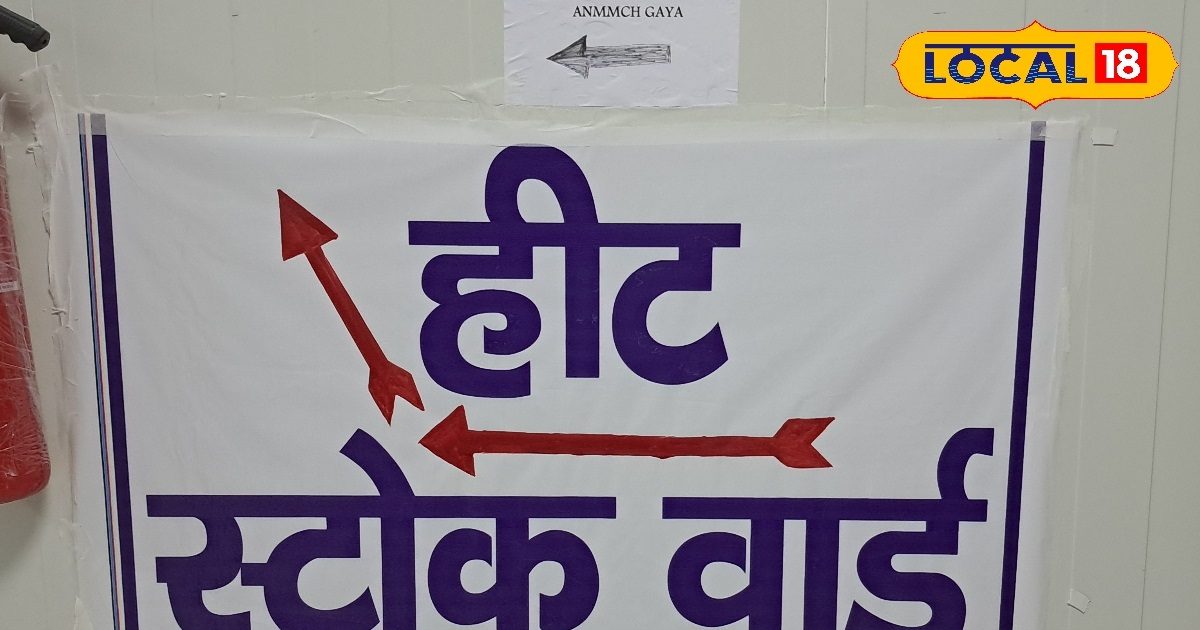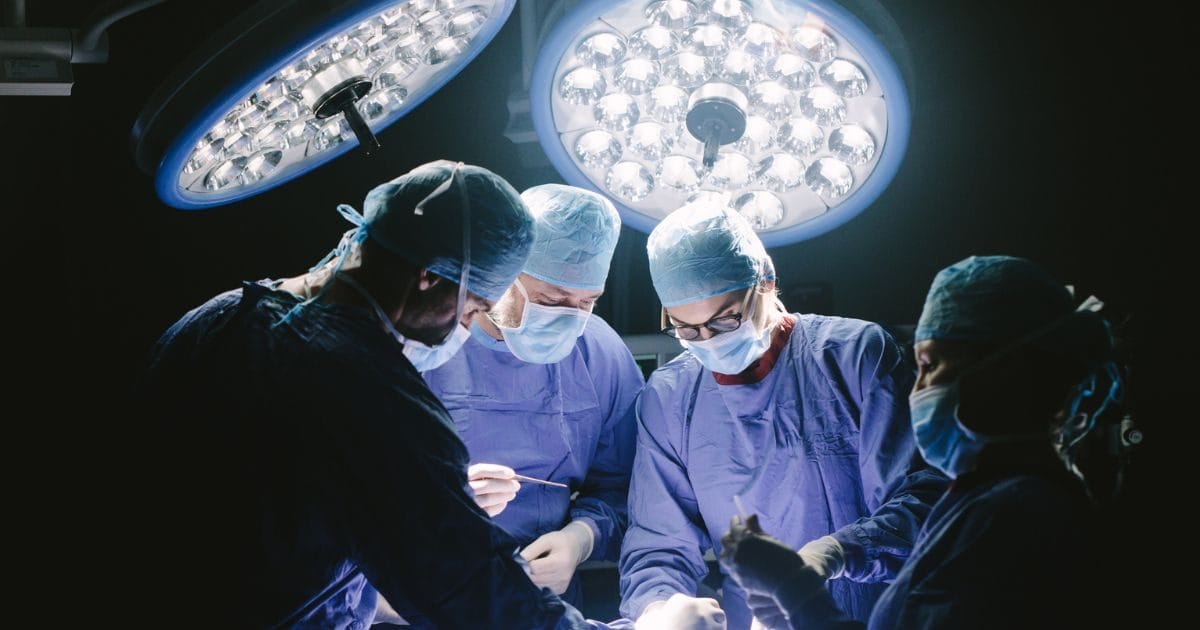[ad_1]

Refractive error (requirement of glasses), amblyopia (lazy eye), eye allergy and squint make up majority of the eye problems seen in children these days
Dr Digvijay Singh, Director, Noble Eye Care, Gurugram discusses squint and how can it be treated
Children’s eye problems are becoming more prominent in face of increasing pollution, higher dependence on technology, stiffer competition for education and increasing awareness of cosmesis in their young social lives. Refractive error (requirement of glasses), amblyopia (lazy eye), eye allergy and squint make up majority of the eye problems seen in children these days.
Refractive errors
Refractive error or the need for glasses due to weak eyes is on the rise. Nearly 20% of blindness and 75% of visual impairment in the young is caused by refractive error. In all forms of refractive error, the eye is unable to focus the image onto the retina and requires corrective lenses in the form of spectacles. The most common form of refractive error is shortsightedness (myopia) which occurs in those eyes which are a little longer than normal and require minus powered glasses. Other forms of refractive error in children could be hypermetropia (farsightedness) where the eye is smaller than normal and requires a plus powered glasses, or astigmatism where the shape of the cornea is not spherical/round and requires a cylindrical lens for a clear vision.
It is estimated that the prevalence of myopia in New Delhi school children (aged 5-15 years) is over 7%. Children with refractive errors may complain of not being able to see the blackboard or may watch TV from a close distance or may read their books from very close. If these signs are there, the child must be examined for the need of glasses. In children, the spectacle number has to be checked after putting some eye drops in the eye to relax the eye muscles. The power must not be given without doing the testing with these eye drops. Since all children have some power in their eyes as they grow up, it is important for the eye doctor to recognize that the power in a child is more than expected and then prescribe appropriate glasses. Another important thing to check in the eyes of children with high minus powers is the retina, as there are sometimes areas of retinal weakness (which may require laser intervention), which are associated in these cases. With a proper refraction and constant use of glasses, good vision is achieved.
There are many factors suspected to be associated with development of refractive errors. These include genetic factors (where parents have glasses), premature and low birth-weight, nutritional factors, spurt in height, environmental factors (near work, indoor activities, higher socioeconomic status) and eye diseases such as eye allergy. The increase in number of myopic persons in progressive generations can be attributed to increasing near tasks such as working on computer, video games, and television watching. It is important to screen all children for refractive errors at the age of 4 when they join school and then on yearly (either at school medical checkups or ophthalmologist visits). Presence of uncorrected refractive errors can cause the child to fall back in class and have delayed learning and poor concentration in many activities. Uncorrected refractive errors can also cause amblyopia (lazy eye) and squint.
Amblyopia refers to reduced vision in one or both eyes due to either a squint or non-use of glasses in early childhood. In this case, the weaker eye becomes lazy and the brain reduces its ability to see even though the problem may be corrected at a later age. Proper eye checkup and screening in the early childhood years can prevent this form of visual impairment. The treatment for amblyopia is best done at an early age and involves giving glasses and patching of one of the eyes and/or squint surgery.
Squint refers to misalignment of the two eyes whereby both the eyes are seeing in different directions. It is not only cosmetically bad looking but also reduces binocularity (the ability of the eyes to see together to perceive depth). The treatment of squint is done by prescribing glasses and surgery. The squint should be corrected early in childhood, sometimes even before 1 year of age, to get the best outcome.
Children will often not realize they are having an eye problem. It is the responsibility of the parents and teachers to ensure good eye health and regular eye checkup for them.
[ad_2]
Source link




